Curious Questions: What did people use before toilet paper?
The mania for the humble toilet roll that has accompanied the coronavirus has our columnist Martin Fone musing on where it came from in the first place.
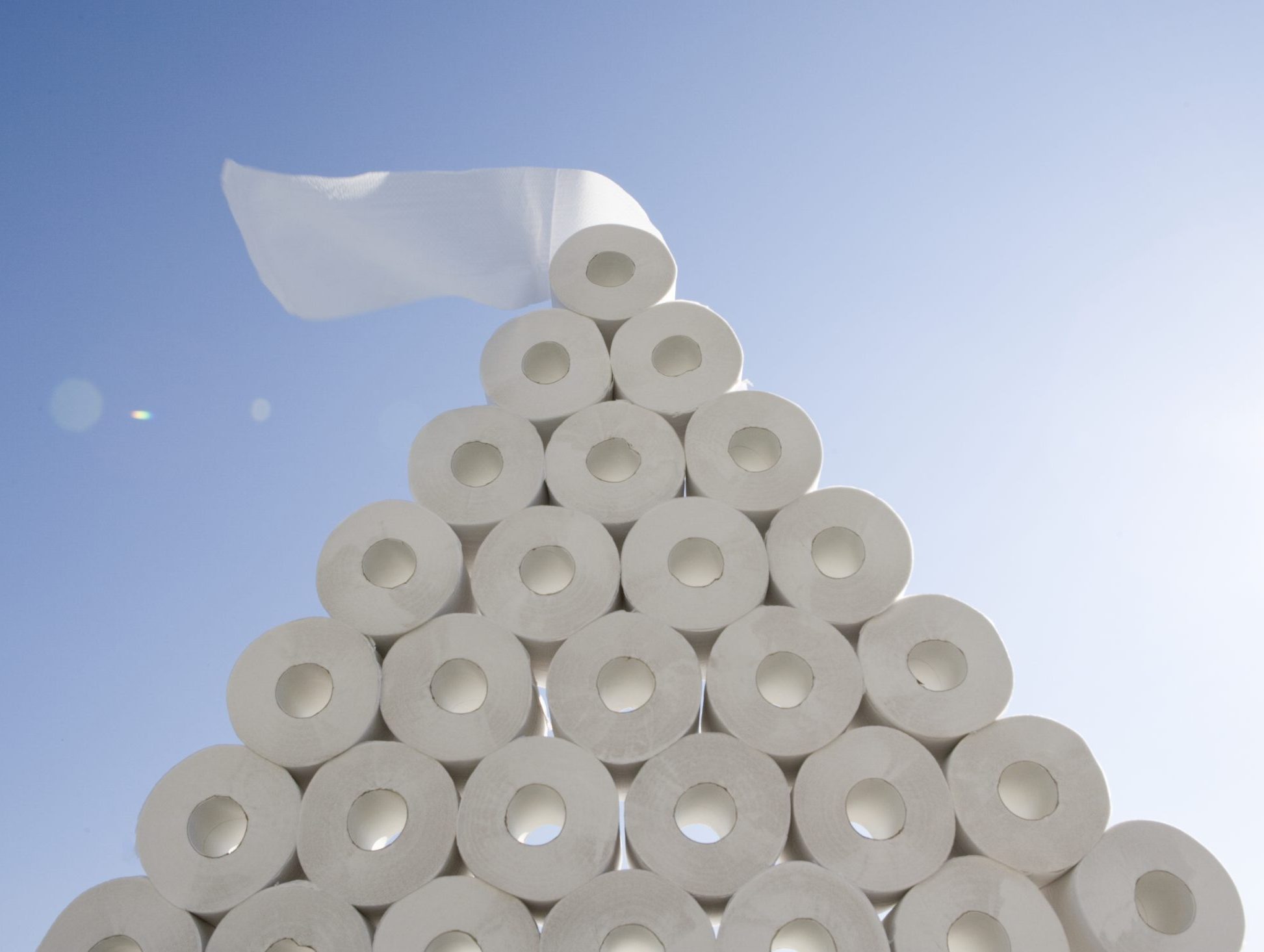

If and when the Covid-19 pandemic dies down and a sort of normality returns to our diurnal existence, one thing we can be sure of is that there will be no end of lessons to be learned by the medical community and politicians, and material aplenty to fuel academic doctorates for years to come. For me, though, the standout meme that encapsulates the extraordinary times we live in is the frantic search for toilet rolls. It prompted me to wonder what on earth we did before we used toilet paper and whether, in an emergency, there are alternatives we could adopt.
As relieving yourself is a natural bodily function, how to clean up afterwards is a problem that has exercised the mind of Homo sapiens since the dawn of time. The obvious solution was to use anything you could get your hands on, such as leaves, grass and moss. Alternatively, you could wash with water: the bidet, an invention of French cabinet makers in the late 17th century, is an extension of this idea, though in other parts of the world people have used ice and sand as alternatives.

The Ancient Greeks deployed sherds of pot or clay whilst the Romans, in their public and communal latrines, used a tersorium, a stick with a sea sponge attached to the top. After use, it would be rinsed in running water and put into a bucket of vinegar, ready for the next person. Also known as a xylospongium, it was occasionally used for other purposes, as Seneca the Younger reported in his letter to Lucilius, (Epistulae morales 8, 70, 20): a German gladiator rammed one down his throat, blocking his windpipe and choking himself to death. 'That was truly to insult death,' Seneca wryly noted.
"You will feel in your nockhole a most wonderful pleasure, both in regard of the softness of the said down and of the temperate heat of the goose"
One of the strangest solutions was that proposed in the early 16th century by Rabelais, surely with his tongue firmly in his cheek, in his satirical novel, Gargantua and Pantagruel (Book 1: 13). A discussion on how best to wipe yourself clean ran through a range of objects from old hats and spare slippers to a lawyer’s bag. Rabelais’ characters settled on the use of 'the neck of a goose, that is well downed, if you hold her neck betwixt your legs… you will feel in your nockhole a most wonderful pleasure, both in regard of the softness of the said down and of the temperate heat of the goose'. Absent a compliant goose, you could follow the lead of some rural communities of the United States who found that a dried corncob did the job.
The Chinese, though, were streets (or perhaps sheets) ahead of the Occidentals, having developed paper as early as the second century BC. At some point they realised the benefit of using this material for cleaning themselves, often reusing paper that had been written upon. A court official, Yan Zhitui, wrote in 589 AD that he 'dare not use… for toilet purposes' paper which contained quotations from the seminal texts of Confucianism or the sages.

The first recorded instance of toilet paper being specifically made for the Chinese Emperor and his family dates to 1391. Each piece of paper was, according to the decree, to measure a whopping two feet by three and be perfumed with fragrance. Paper arrived in Europe in the 15th century but was too scarce and valuable to waste on such trivial purposes as cleaning yourself.
The emergence of a newspaper industry in the 1700s provided the populace with not only news and opinion but also a regular, cheap supply of paper. Once the contents of the journal had been inwardly digested, the pages could be used as a form of toilet paper. The Old Farmer’s Almanac, popular in rural America, even came with a hole punched in the left-hand corner, ostensibly so that it could be hung somewhere and always be available. Inevitably, it would find itself hanging in pride of place in the outhouse.
Sign up for the Country Life Newsletter
Exquisite houses, the beauty of Nature, and how to get the most from your life, straight to your inbox.
The Sears Roebuck mail order catalogue, launched in 1887, was phenomenally popular, providing its customers with a supply of hundreds of pages of absorbent, uncoated paper. Outrage and a fall in demand followed Sears’ decision in the 1930s to print it on glossy, clay-coated paper. It was useless as toilet paper!
In 1857 the first commercially packaged toilet paper was made available, courtesy of a New York entrepreneur, Joseph Gayetty. The sheets were loose, infused with aloe, each stamped with Gayetty’s name. Originally intended as a 'Medicated Paper' for the treatment of haemorrhoids, it was marketed as 'the greatest necessity of the age'. Consumers, who had survived quite nicely without the need for single-purpose toilet paper, proved resistant to Gayetty’s idea.
"Toilet paper manufacturers advertised their wares claiming that they were recommended by both doctors and plumbers. We have not looked back since"
Whilst Zeth Wheeler patented rolled and perforated toilet paper in 1871, it took an English businessman, Walter Alcock, in 1879, to offer the paper on a perforated toilet roll on a commercial basis. One problem manufacturers encountered was that customers were embarrassed to ask for it and marketing efforts continued Gayetty’s ploy of stressing its medical benefits.
Improvements in housing, offering the luxury of an inside lavatory, revealed the shortcomings of using newsprint as an ersatz toilet paper: it bunged up the plumbing. Seizing their opportunity toilet paper manufacturers advertised their wares claiming that they were recommended by both doctors and plumbers. We have not looked back since.
The first toilet paper manufacturer in continental Europe, the German company, Hakle founded by Hans Klenk, did not start up operations until 1928. They too had to overcome the embarrassment of their customers. Their solution, in the 1930s, was a series of adverts recommending a course of action for their customers: 'Ask for a roll of Hakle and you won’t have to say toilet paper.'
One unfortunate by-product of the way that the paper was manufactured was that splinters of wood were impregnated into the sheets, giving the unwary user an unwanted and painful surprise. This problem was solved in 1935 by Northern Tissue who launched the world’s first splinter-free toilet paper. In 1942 the paper became softer, when St Andrew’s Paper Mill introduced two-ply paper.
The global toilet tissue market will generate this year (2020) revenues of around $85.538 billion, experts predict, and even the current inconvenience of shortages is unlikely to put a dent into that projection. But there will be other challenges ahead. The Washlet, a toilet complete with bidet and air-blower, is making waves and proving increasingly popular in Japan.
It is salutary to realise that what we consider to be one of life’s essential products has had a relatively short shelf-life.
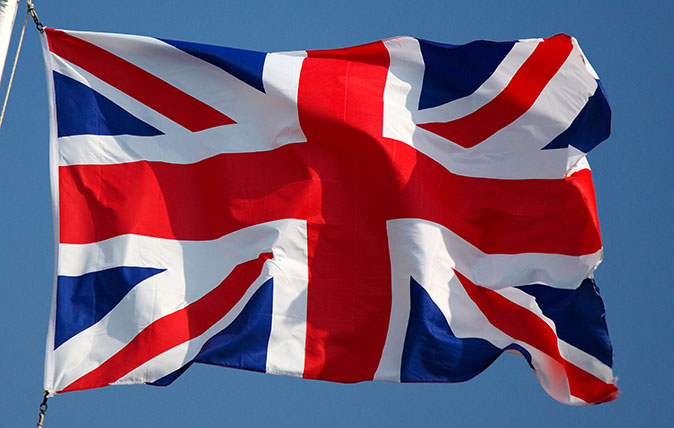
Credit: Alamy
Curious Questions: How can you tell if the Union Jack is upside down?
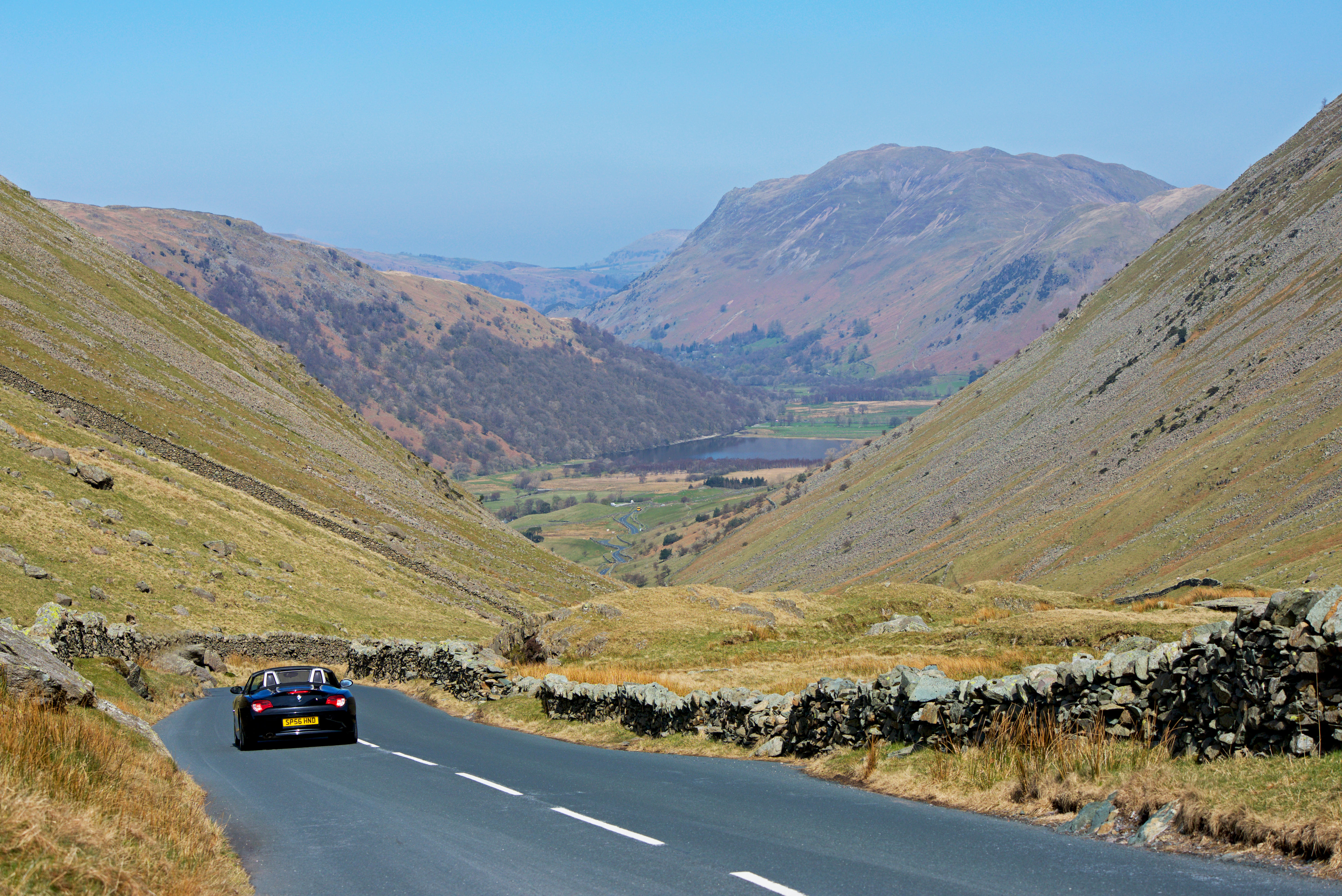
Curious Questions: Why do the British drive on the left?
The rest of Europe drives on the right, so why do the British drive on the left? Martin Fone, author

Credit: Alamy
Seven real-life ghost stories, shared by the readers of Country Life
Over the course of Country Life's 125-year history, dozens of readers have shared their tales of ghosts. Here we've picked
After graduating in Classics from Trinity College Cambridge and a 38 year career in the financial services sector in the City of London, Martin Fone started blogging and writing on a freelance basis as he slipped into retirement. He has developed a fearless passion for investigating the quirks and oddities of life and discovering the answers to questions most of us never even think to ask. A voracious reader, a keen but distinctly amateur gardener, and a gin enthusiast, Martin lives with his wife in Surrey. He has written five books, the latest of which is More Curious Questions.
-
 Two quick and easy seasonal asparagus recipes to try this Easter Weekend
Two quick and easy seasonal asparagus recipes to try this Easter WeekendAsparagus has royal roots — it was once a favourite of Madame de Pompadour.
By Melanie Johnson
-
 Sip tea and laugh at your neighbours in this seaside Norfolk home with a watchtower
Sip tea and laugh at your neighbours in this seaside Norfolk home with a watchtowerOn Cliff Hill in Gorleston, one home is taller than all the others. It could be yours.
By James Fisher
-
 Curious Questions: Did the Victorians pave the way for the first ULEZ cameras in the world?
Curious Questions: Did the Victorians pave the way for the first ULEZ cameras in the world?Martin Fone takes a look at the history of London's coalgates, and finds that the idea of taxing things as they enter the City of London is centuries old.
By Martin Fone
-
 Curious Questions: What are the finest last words ever uttered?
Curious Questions: What are the finest last words ever uttered?Final words can be poignant, tragic, ironic, loving and, sometimes, hilarious. Annunciata Elwes examines this most bizarre form of public speaking.
By Annunciata Elwes
-
 Curious Questions: Why do we still love pirate stories, 300 years on from Blackbeard?
Curious Questions: Why do we still love pirate stories, 300 years on from Blackbeard?Tales of swashbuckling pirates have entertained audiences for years, inspired by real-life British men and women, says Jack Watkins.
By Jack Watkins
-
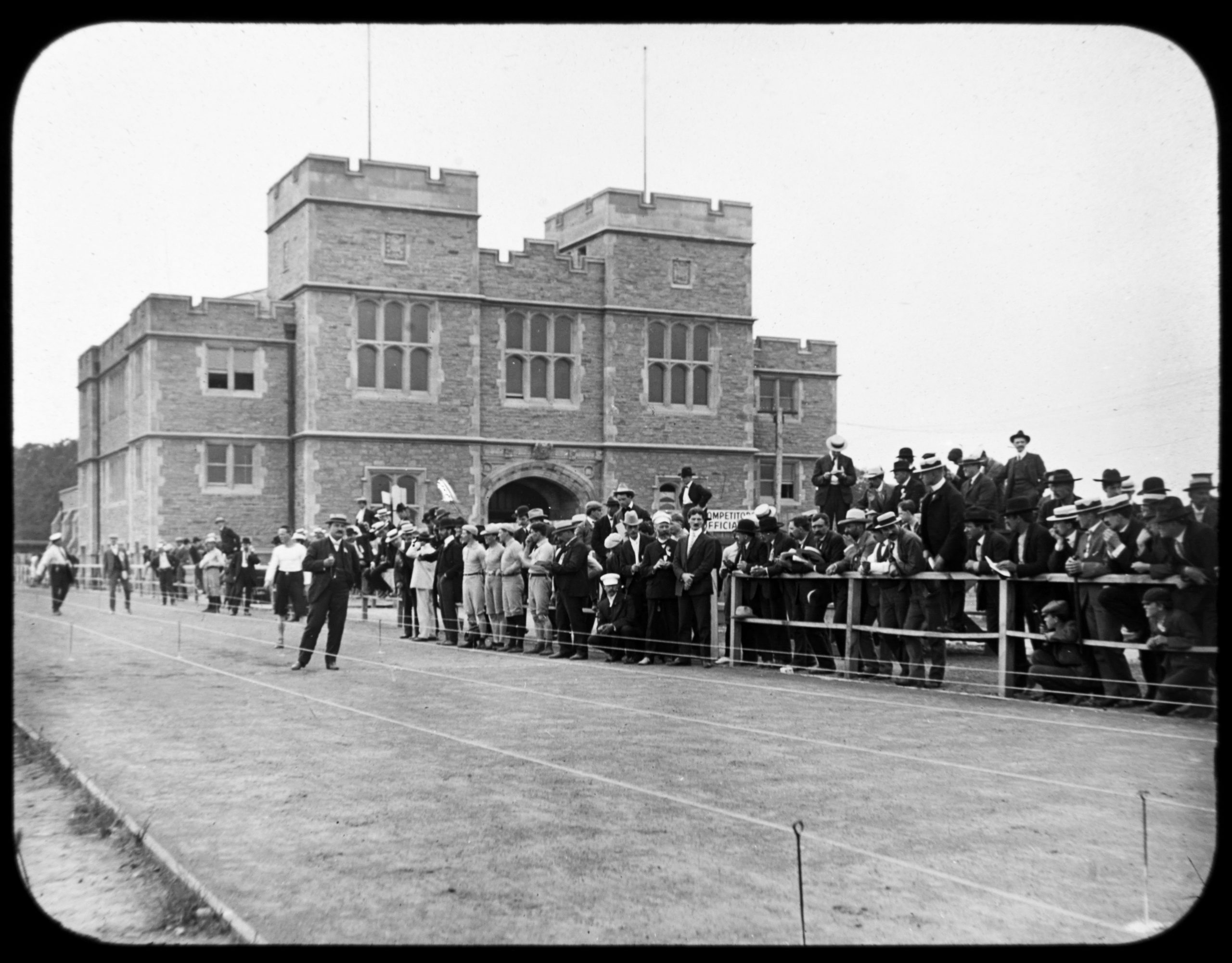 Curious Questions: Why is race walking an Olympic sport?
Curious Questions: Why is race walking an Olympic sport?The history of the Olympics is full of curious events which only come to prominence once every four years. Martin Fone takes a look at one of the oddest: race walking, or pedestrianism.
By Martin Fone
-
 Curious Questions: Where does the phrase 'daylight robbery' come from? It's literally about the theft of daylight
Curious Questions: Where does the phrase 'daylight robbery' come from? It's literally about the theft of daylightMartin Fone tells a tale of sunshine and tax — and where there is tax, there is tax avoidance... which in this case changed the face of Britain's growing cities.
By Martin Fone
-
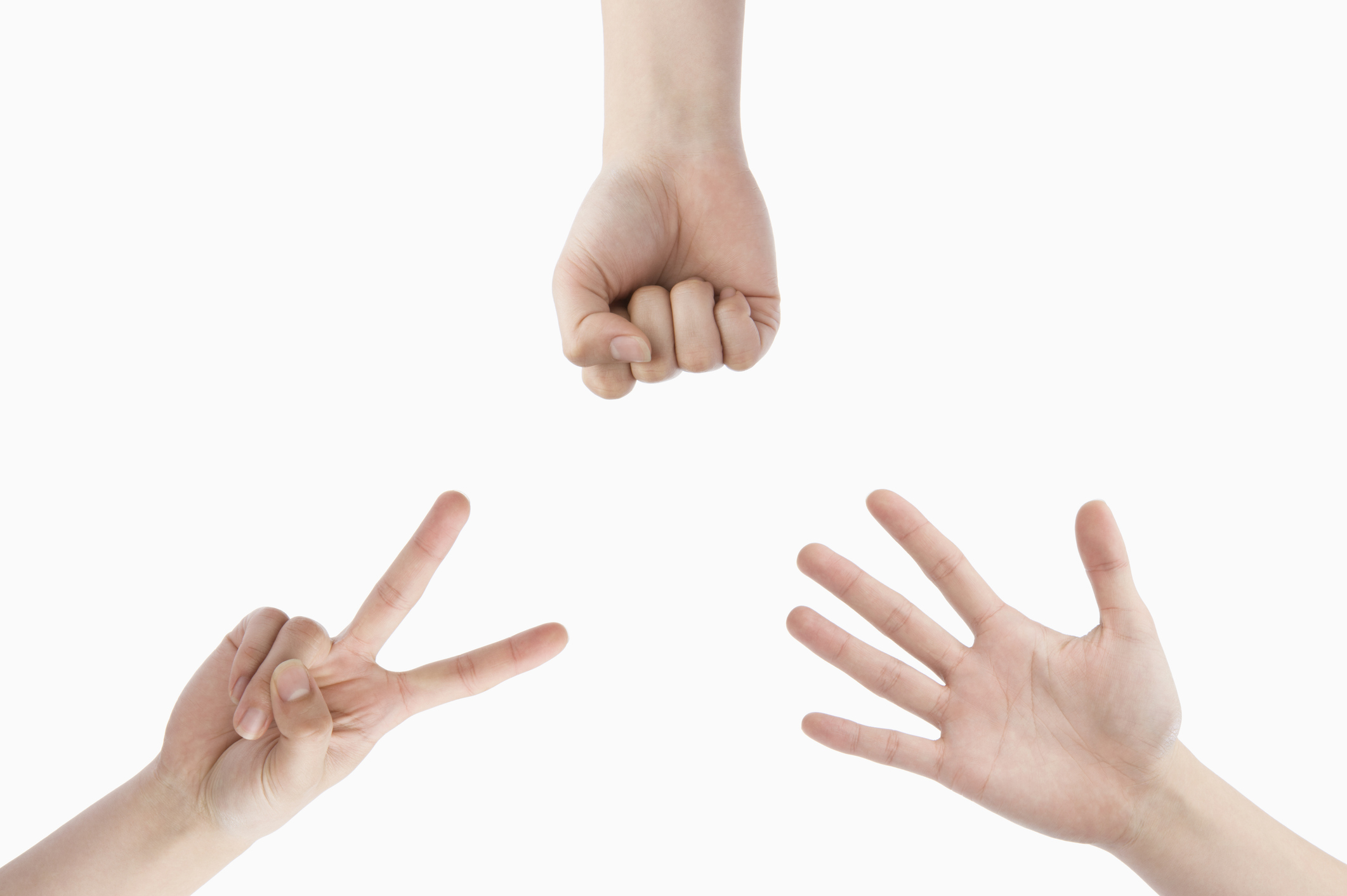 Curious Questions: Is there a way to win at rock, paper, scissors?
Curious Questions: Is there a way to win at rock, paper, scissors?A completely fair game of chance, or an opportunity for those with an edge in human psychology to gain an advantage? Martin Fone looks at the enduringly simple game of rock, paper, scissors.
By Martin Fone
-
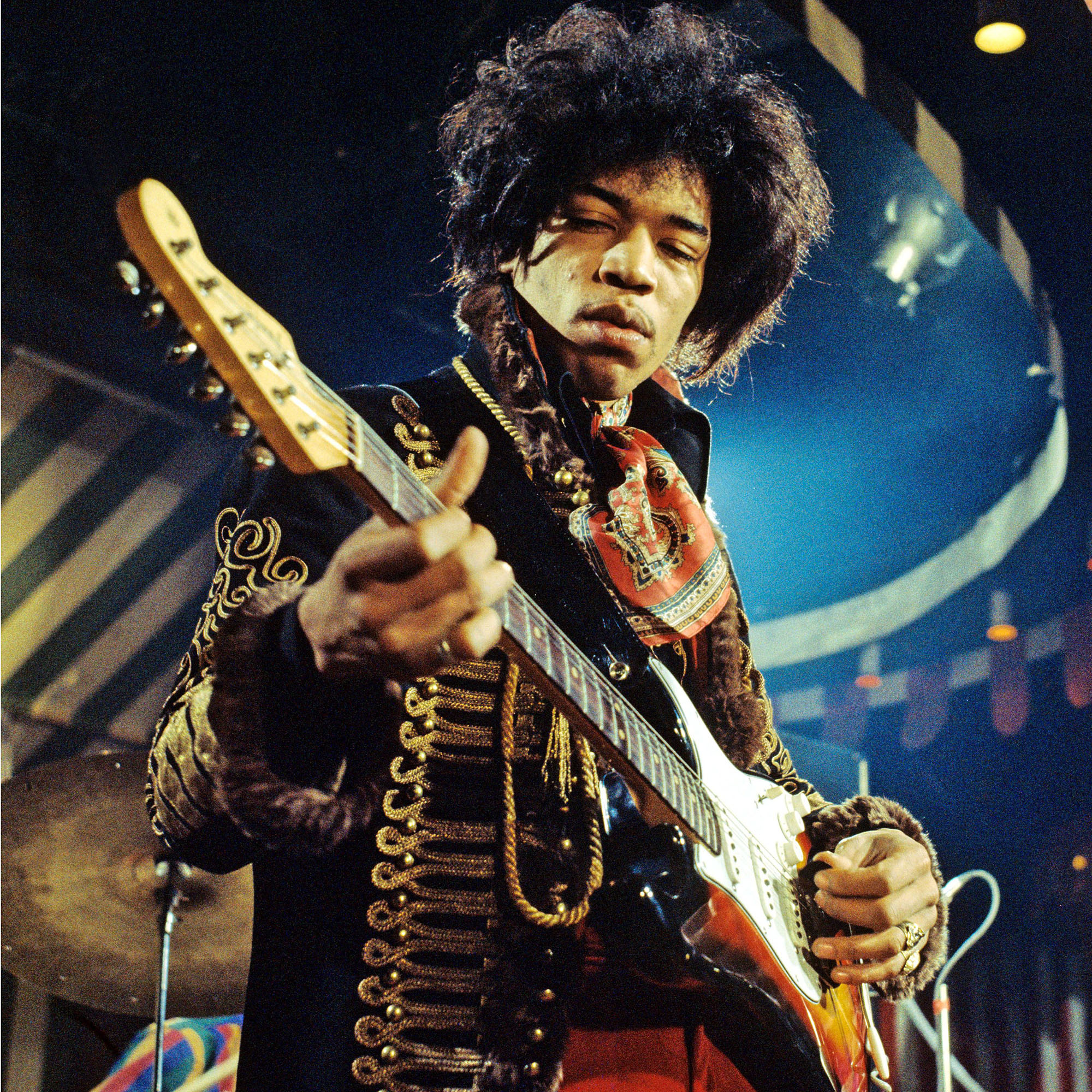 Curious Questions: Is being left-handed an advantage?
Curious Questions: Is being left-handed an advantage?In days gone by, left-handed children were made to write with the ‘correct’ hand — but these days we understand that being left-handed is no barrier to greatness. In fact, there are endless examples of history's greatest musicians, artists and statesmen being left-handed. So much so that you'll start to wonder if it's actually an advantage.
By Toby Keel
-
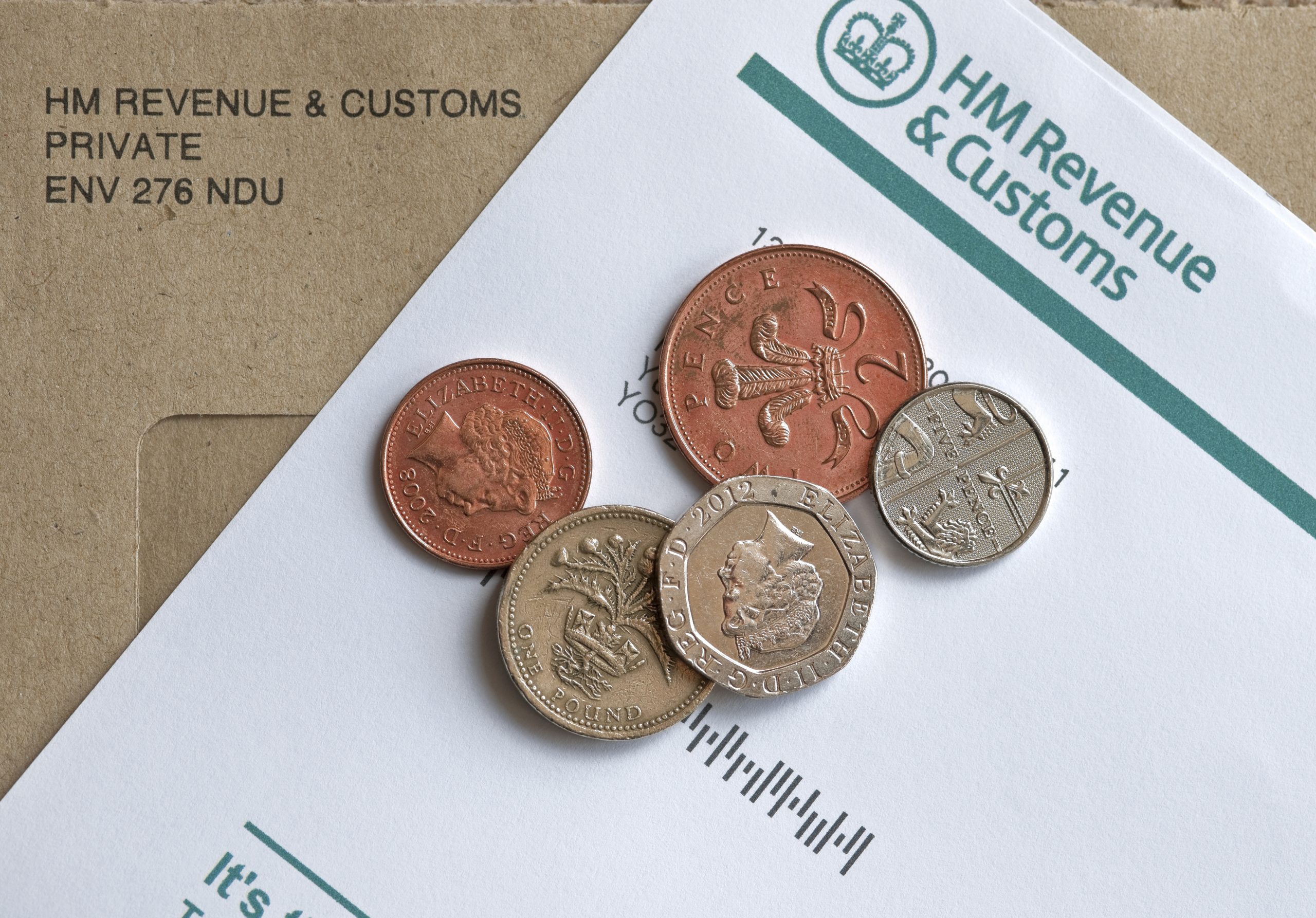 Curious Questions: Why does our tax year start on April 6th?
Curious Questions: Why does our tax year start on April 6th?The tax-year calendar is not as arbitrary as it seems, with a history that dates back to the ancient Roman and is connected to major calendar reforms across Europe.
By Martin Fone